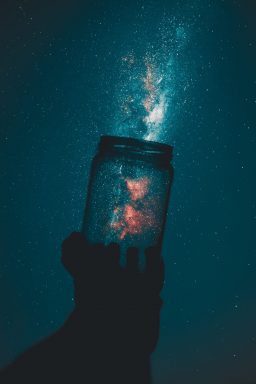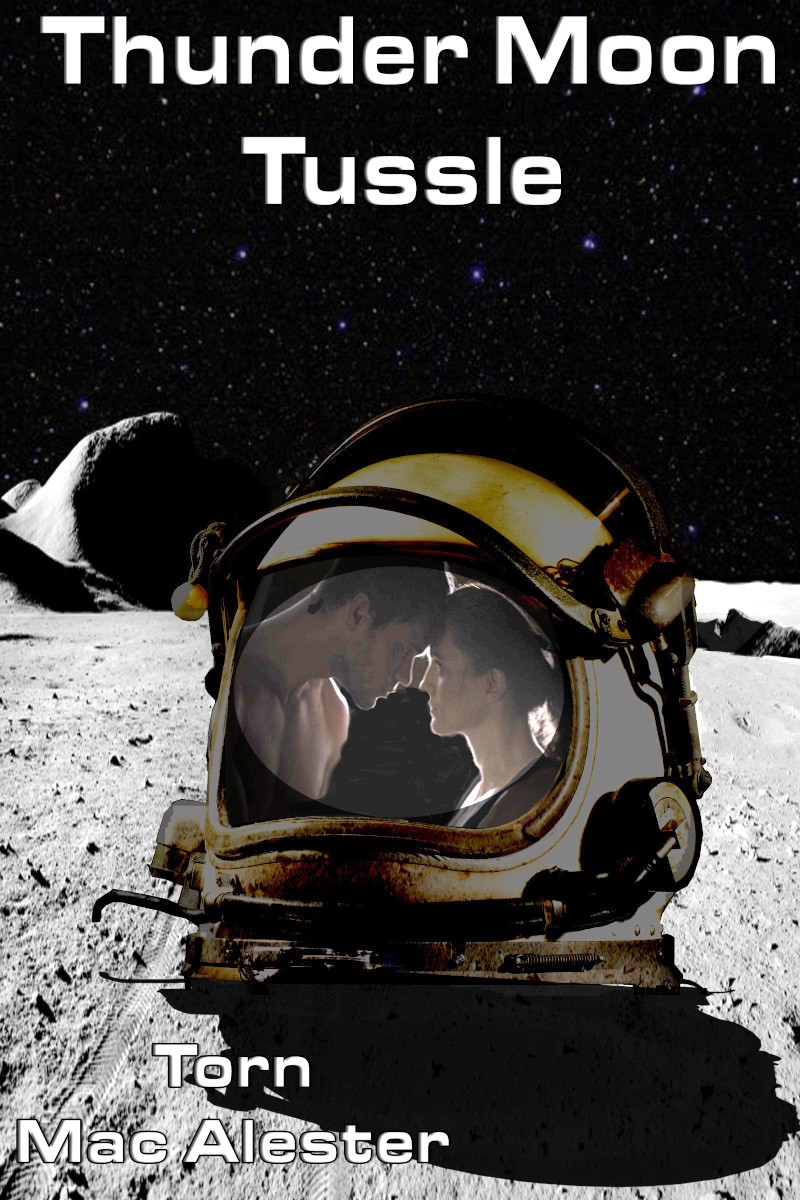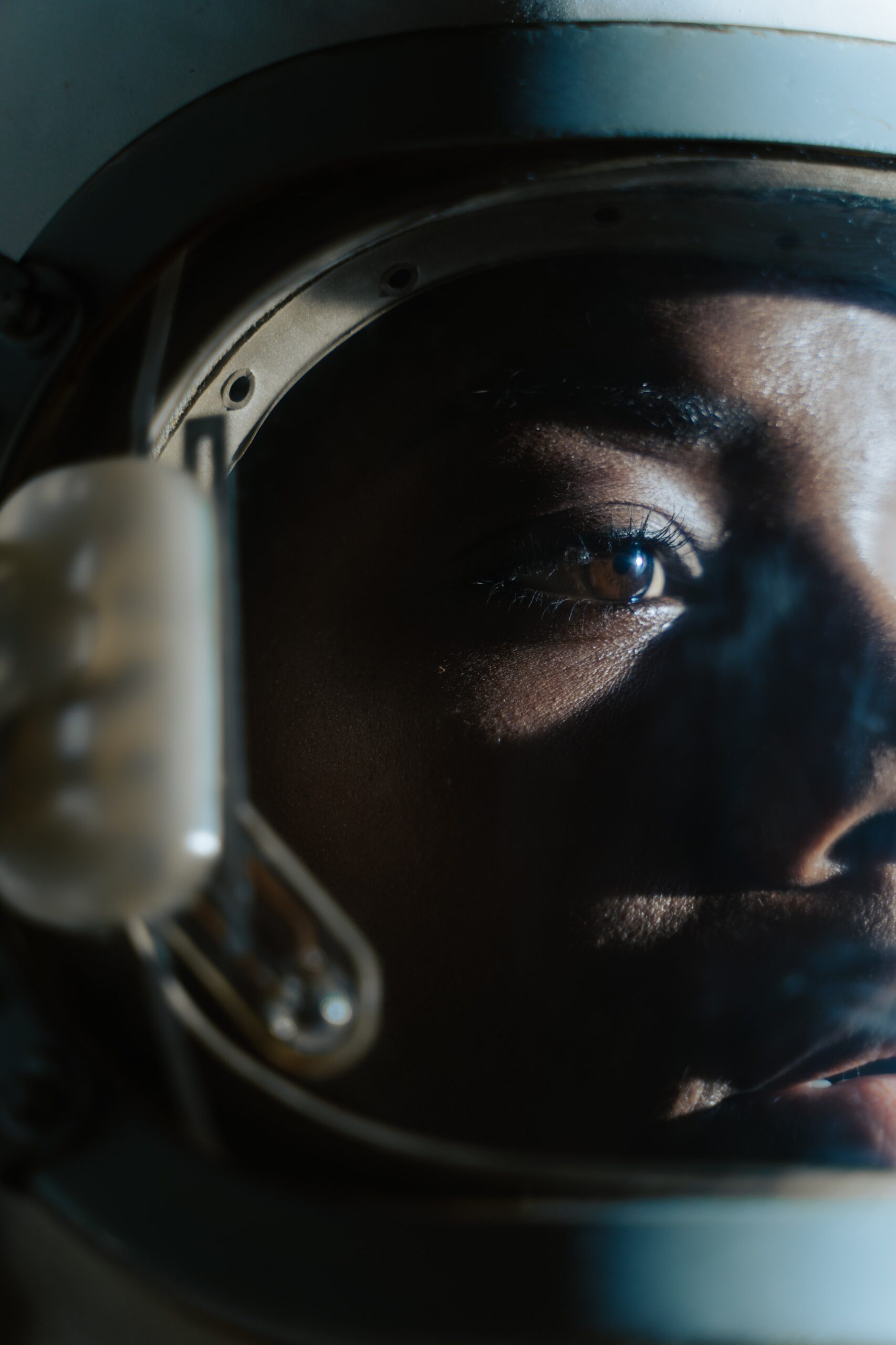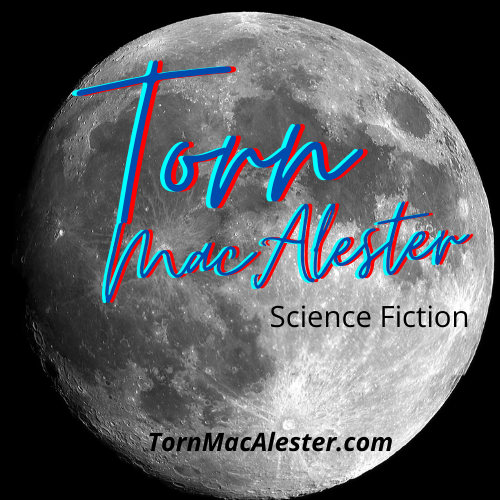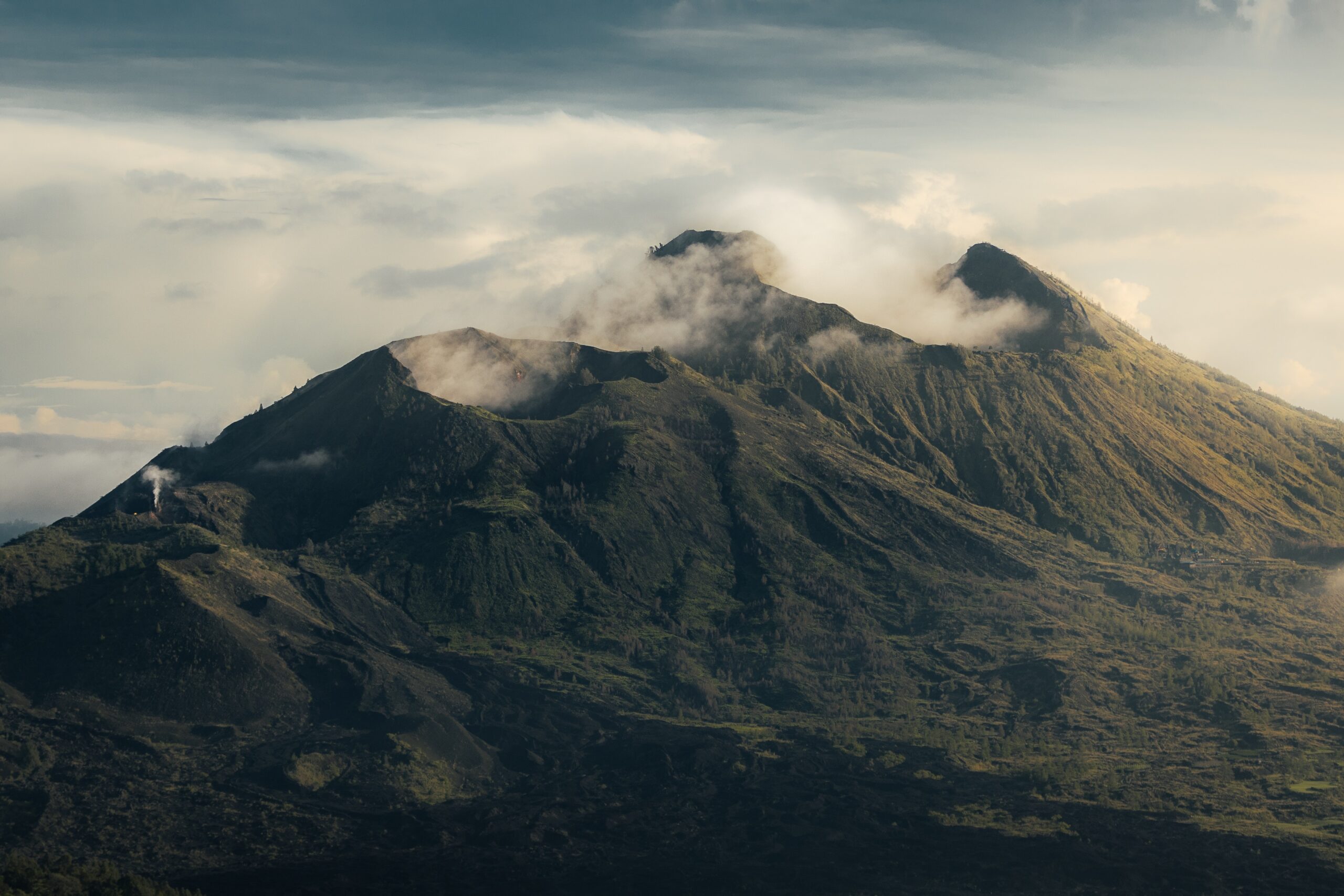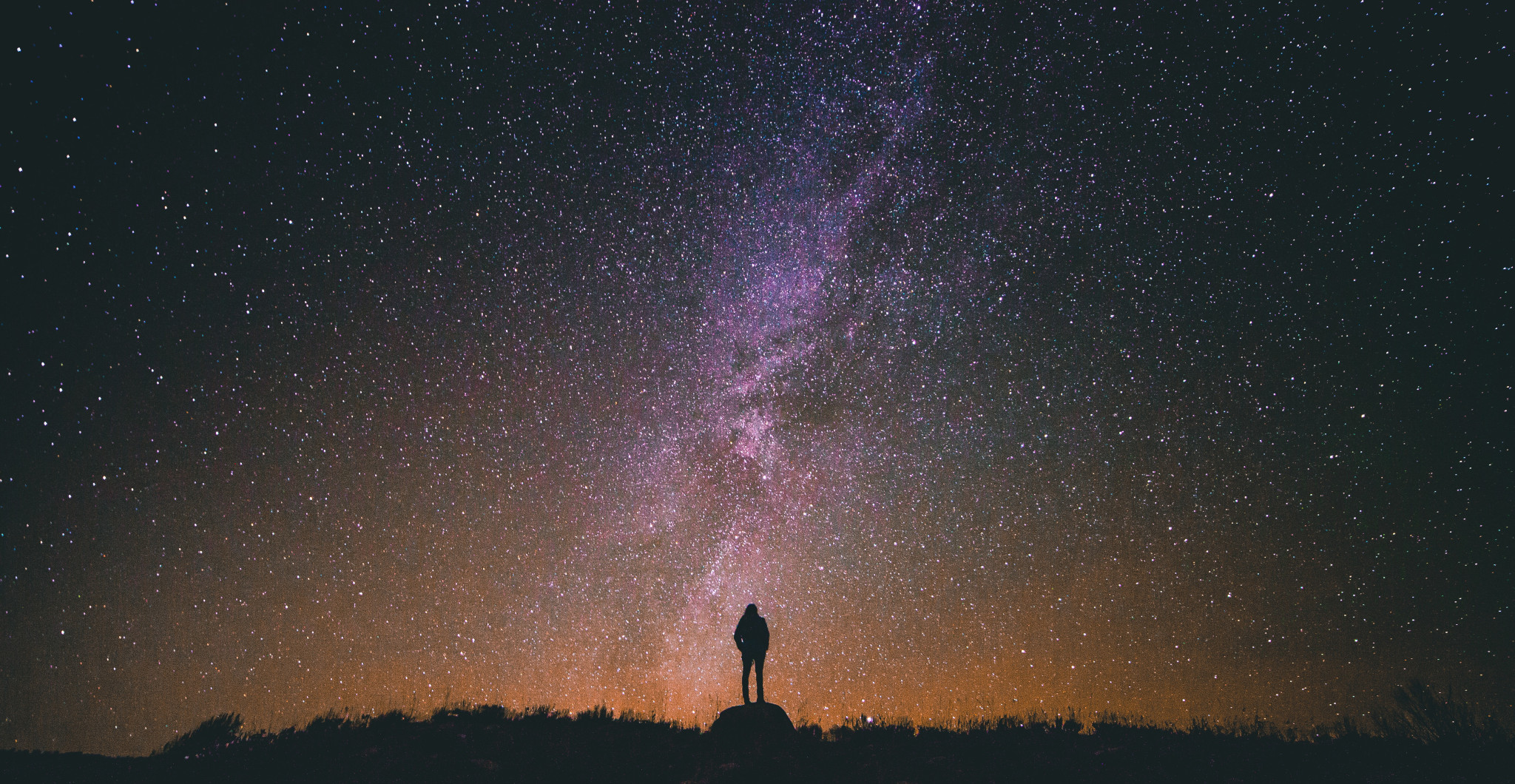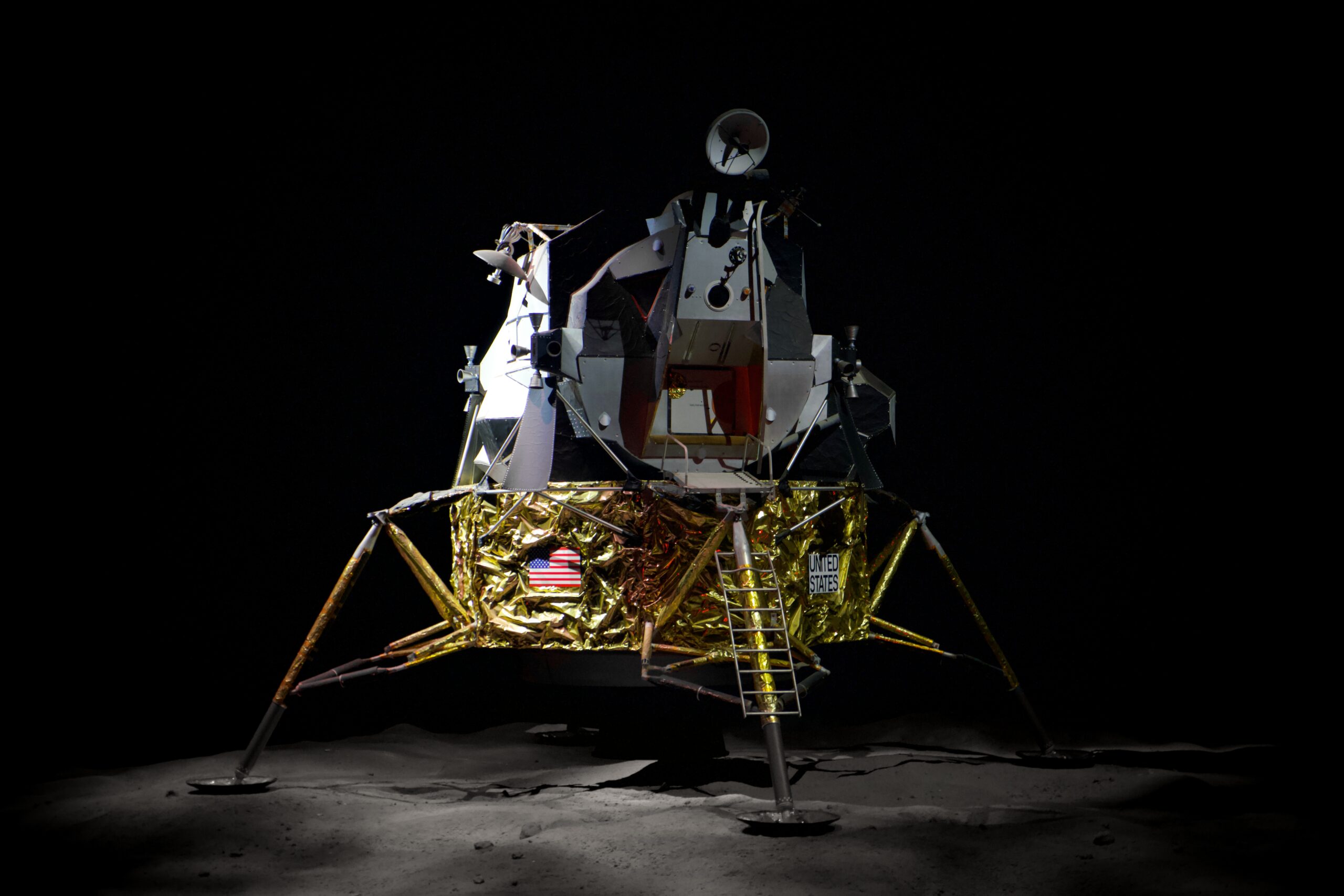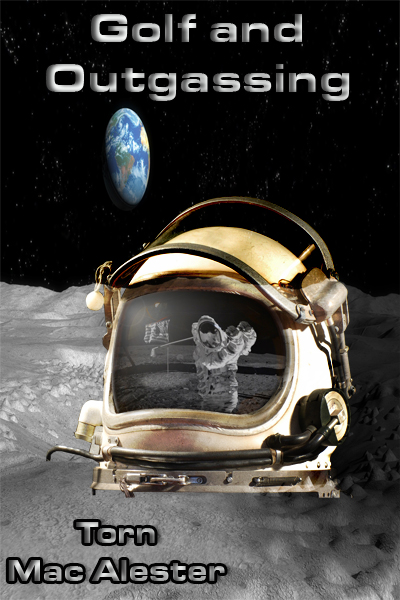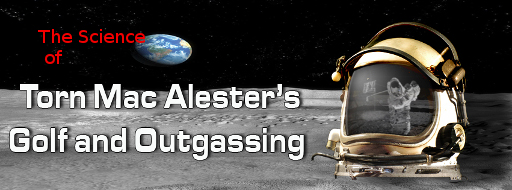I’ve been studying the science behind the worlds of science fiction with the intention of using it for world building. I’ve written a series of articles introducing these science concepts. My intention as a science fiction writer was to build a setting where at first glance paralleled the real universe. Consequently, I tried to use the results from SETI (Search for Extraterrestrial Intelligence) and related searches to bracket the extent and technology of alien civilizations that appear in my stories.
The worlds of science fiction are introduced in the article: World Building for Science Fiction.
My approach mirrors some of the discussion presented in this Screen Craft article by Ken Miyamato from 2021: THE CRAFT AND RULES OF WORLDBUILDING IN SCIENCE FICTION & FANTASY. I start from a real world present approach by asking: what does science tell me about X? X in this case is alien civilizations.
As some additional information, it might be useful to look at the SETI Institute web site: SETI Institute
Another article reports about some limits established my astrophysics studies: Forbes Article
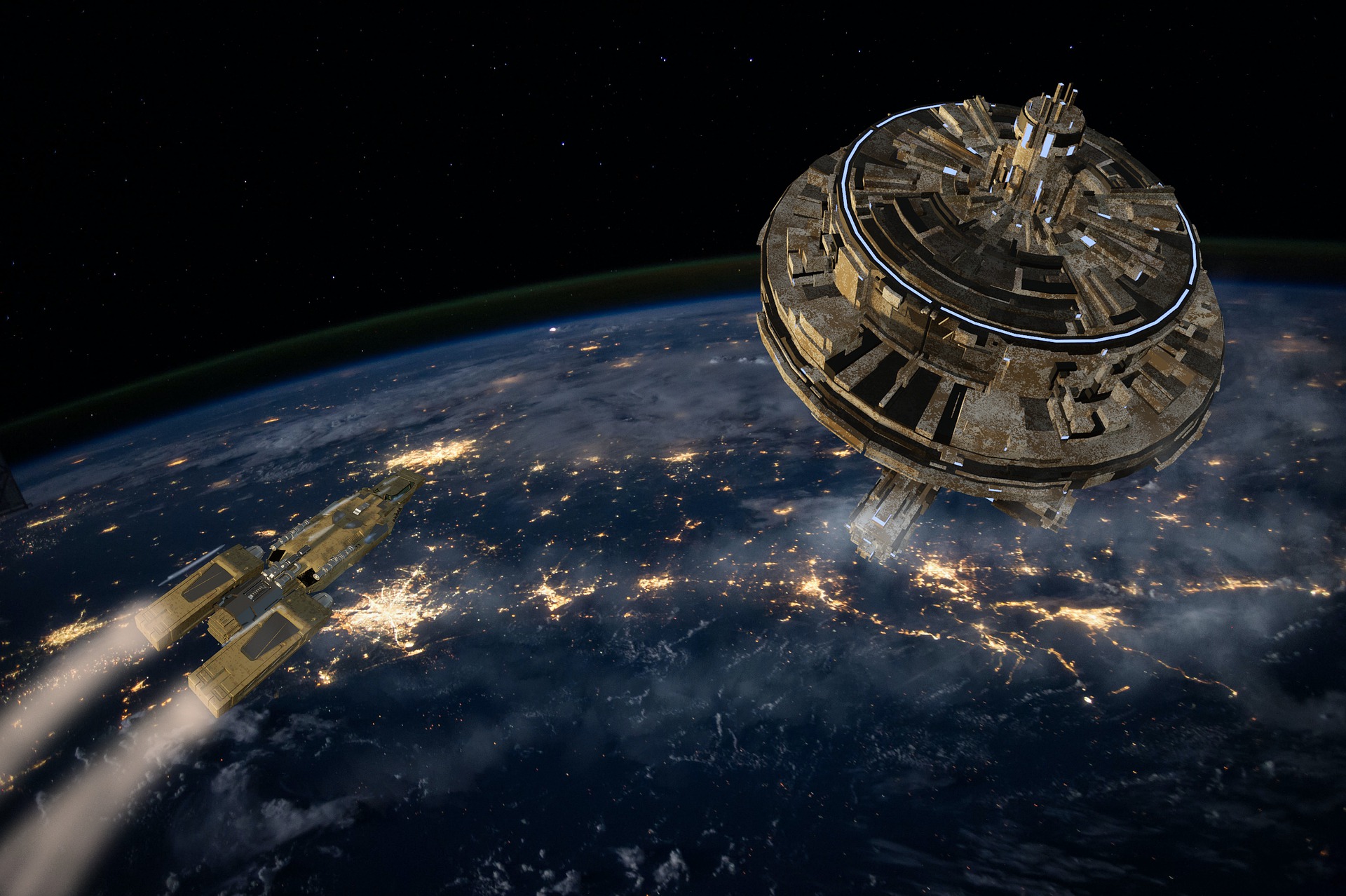
The Fermi Paradox
The Fermi Paradox is an important question for worlds of science fiction, providing estimates of the expansion of a civilization. I have continued the articles with this on specifically on this question: It Starts With A Paradox.
ScienceTime has produced an interesting video about the Fermi Paradox.
The Kardashev Scale
The Kardashev Scale is a measurement for worlds of science fiction, providing estimates of technological progress. I have continued the articles with this on specifically on this measure: It’s All About Power.
InsaneCuriosity has produced an interesting video about the Kardashev Scale.
Drake Equation
The Drake equation is the foundation for worlds of science fiction, providing estimates of alien civilizations. I have continued the articles with this on specifically on this equation: The Drake Equation
Andrzej Dudnik has produced a nice video that provides a nice summary of the Drake Equation.
